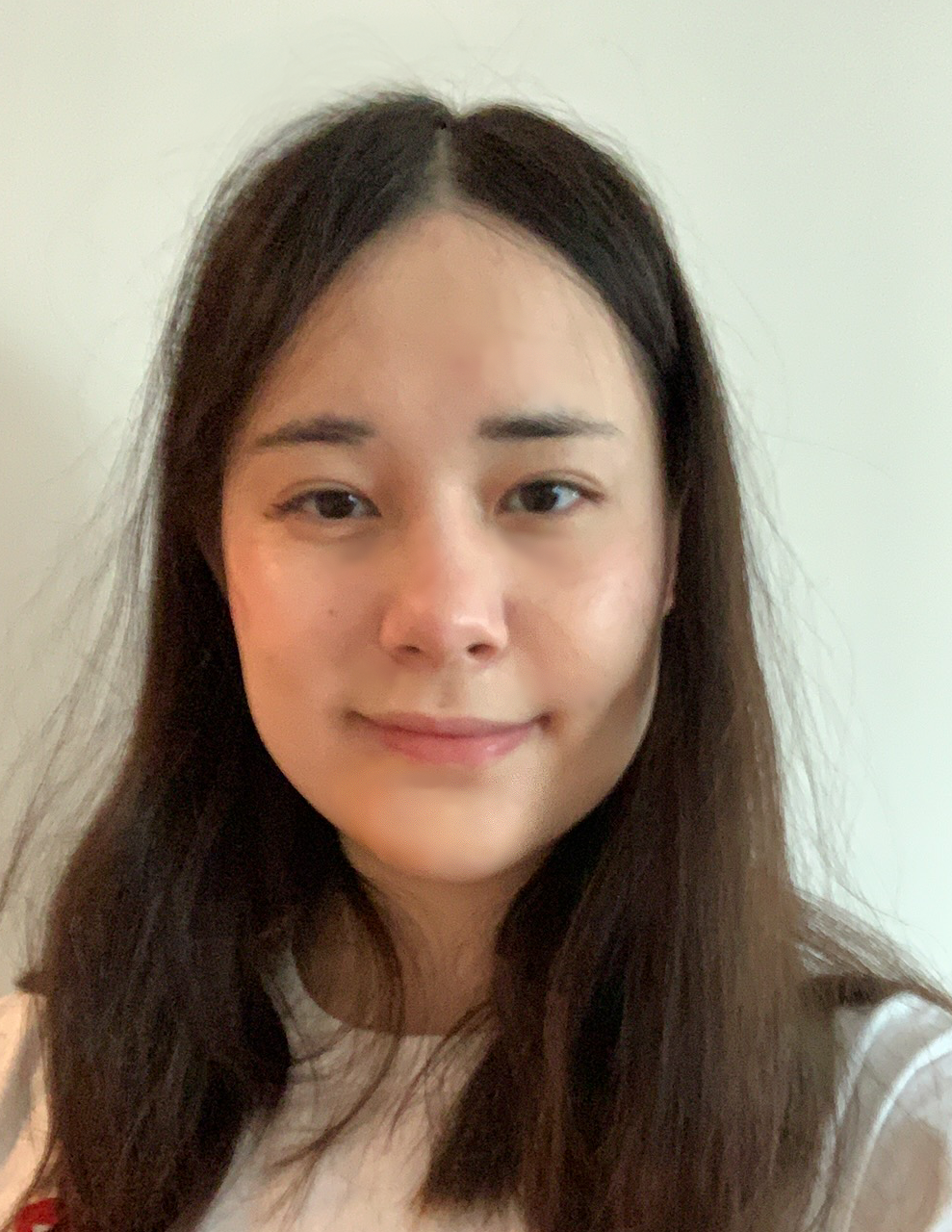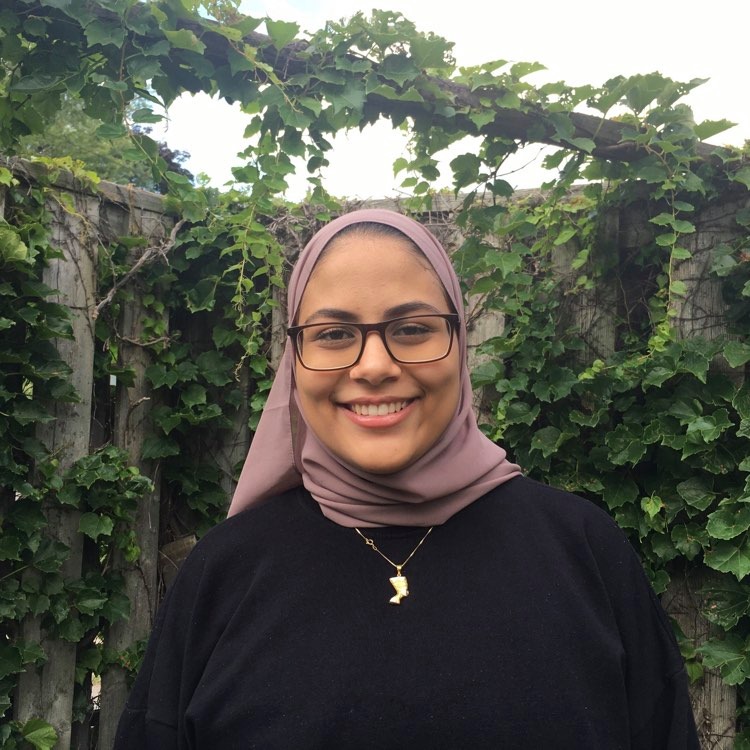Below is a summary of the abstract you submitted. Presenting author(s) is shown in bold.
If any changes need to be made, you can modify the abstract or change the authors.
You can also download a .docx version of this abstract.
If there are any problems, please email Dan at dar78@pitt.edu and he'll take care of them!
This abstract was last modified on March 18, 2022 at 6:44 p.m..

Bacteriophages (also known as phages) are viruses that infect and kill bacteria. During the Fall term of 2021, students enrolled in uOttawa phage hunters at the University of Ottawa isolated and characterized bacteriophages from the environment using Arthrobacter globiformis as a host bacterial species. Arzan was one of the identified phages – it is a singleton bacteriophage, meaning it lacks the nucleotide identity and/or shared gene content required for it to be clustered with sequenced genomes of known phages.
Arzan was collected from garden soil near the National Resources Canada building in Ottawa, Ontario. The phage produced small, circular, and clear plaques, and transmission electron microscopy revealed a long, non-contractile tail. These morphological details allowed us to classify Arzan as a siphoviridae. The phage was also characterized genomically through a restriction digest of its isolated genome: it consists of 58,710 base pairs, it has a 47.6% GC content, and at this stage of annotation it has 97 putative genes, 29 of which are orphams (founding members of a pham that share no similarity with known actinobacteriophage genes).
Based on initial annotations and blasting of the full Arzan genome, this phage appears to be most closely related to the FK-cluster phages Qui and Paella. Another phage that appears to be similar to Arzan is the novel AU6-cluster phage Zeina, which was isolated, characterized, and annotated by students at the University of Ottawa in 2020-21. Since we have this phage in our library, it will serve as an interesting comparator phage for our lysogeny studies.
Here, we report on our annotation progress for phage Arzan. We are using PECAAN, Phamerator, PhagesDB, NCBI BLAST, and HHPred to complete our annotation. We will use this information to further investigate aspects of Arzan’s biology including confirming the presence of essential phage genes in Arzan and investigating new gene functions that we identify during our annotation. We are also isolating a lysogen for Arzan. We will test if it has autoimmunity and look for superinfection immunity against other Arthrobacter bacteriophages discovered in our laboratory, including Zeina.





